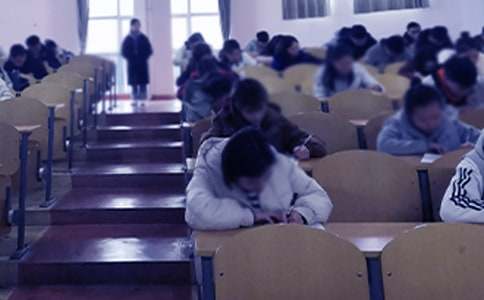公共英语考试四级模拟冲刺试题
下面是小编整理的.2016年公共英语考试四级模拟冲刺试题,提供给大家复习备考。

阅读部分
Passage One
Sustainable development is applied to just about everything from energy to clean water and economic growth, and as a result it has become difficult to question either the basic assumptions behind it or the way the concept is put to use. This is especially true in agriculture, where sustainable development is often taken as the sole measure of progress without a proper appreciation of historical and cultural perspectives.
To start with, it is important to remember that the nature of agriculture has changed markedly throughout history, and will continue to do so .medieval agriculture in northern Europe fed, clothed and sheltered a predominantly rural society with a much lower population density than it is today. It had minimal effect on biodiversity, and any pollution it caused was typically localized. In terms of energy use and the nutrients captured in the product it was relatively inefficient.
Contrast this with farming since the start of the industrial revolution. Competition from overseas led farmers to specialize and increase yields. Throughout this period food became cheaper, safe and more reliable. However, these changes have also led to habitat(栖息地)loss and to diminishing biodiversity.
What’s more, demand for animal products in developing countries is growing so fast that meeting it will require an extra 300 million tons of grain a year by 2050.yet the growth of cities and industry is reducing the amount of water available for agriculture in many regions.
All this means that agriculture in the 21stcentury will have to be very different from how it was in the 20th.thiswill require radical thinking. For example, we need to move away from the idea that traditional practices are inevitably more sustainable than new ones. We also need to abandon the notion that agriculture can be “zero impact”. The key will be to abandon the rather simple and static measures of sustainability, which centre on the need to maintain production without increasing damage.
Instead we need a more dynamic interpretation, one that looks at the pros and cons(正反两方面)of all the various way land is used. There are many different ways to measure agricultural performance besides food yield: energy use, environmental costs, water purity, carbon footprint and biodiversity. It is clear, for example, that the carbon of transporting tomatoes from Spain to the UK is less than that of producing them in the UK with additional heating and lighting. But we do not know whether lower carbon footprints will always be better for biodiversity.
What is crucial is recognizing that sustainable agriculture is not just about sustainable food production.
1. How do people often measure progress in agriculture?
A) By its productivity C) By its impact on the environment
B) By its sustainability D) By its contribution to economic growth
2. Specialisation and the effort to increase yields have resulted in________.
A) Localised pollution C) competition from overseas
B) the shrinking of farmland D) the decrease of biodiversity
3. What does the author think of traditional farming practices?
A) They have remained the same over the centuries B) They have not kept pace with population growth
C) They are not necessarily sustainable D) They are environmentally friendly
4. What will agriculture be like in the 21st century
A) It will go through radical changes B) It will supply more animal products
C) It will abandon traditional farming practices D) It will cause zero damage to the environment
5 What is the author’s purpose in writing this passage?
A) To remind people of the need of sustainable development
B) To suggest ways of ensuring sustainable food production
C) To advance new criteria for measuring farming progress
D) To urge people to rethink what sustainable agriculture is
Passage Two
Hawaii's native minority is demanding a greater degree of sovereignty over its own affairs. But much of the archipelago's political establishment, which includes the White Americans who dominated until the second world war and people of Japanese, Chinese and Filipino origins, is opposed to the idea.
The islands were annexed by the US in 1898 and since then Hawaii's native peoples have fared worse than any of its other ethnic groups. They make up over 60 percent of the state's homeless, suffer higher levels of unemployment and their life span is five years less than the average Hawaiians. They are the only major US native group without some degree of autonomy.
But a sovereignty advisory committee set up by Hawaii's first native governor, Joahn Waihee, has given the natives' cause a major boost by recommending that the Hawaiian natives decide by themselves whether to reestablish a sovereign Hawaiian nation.